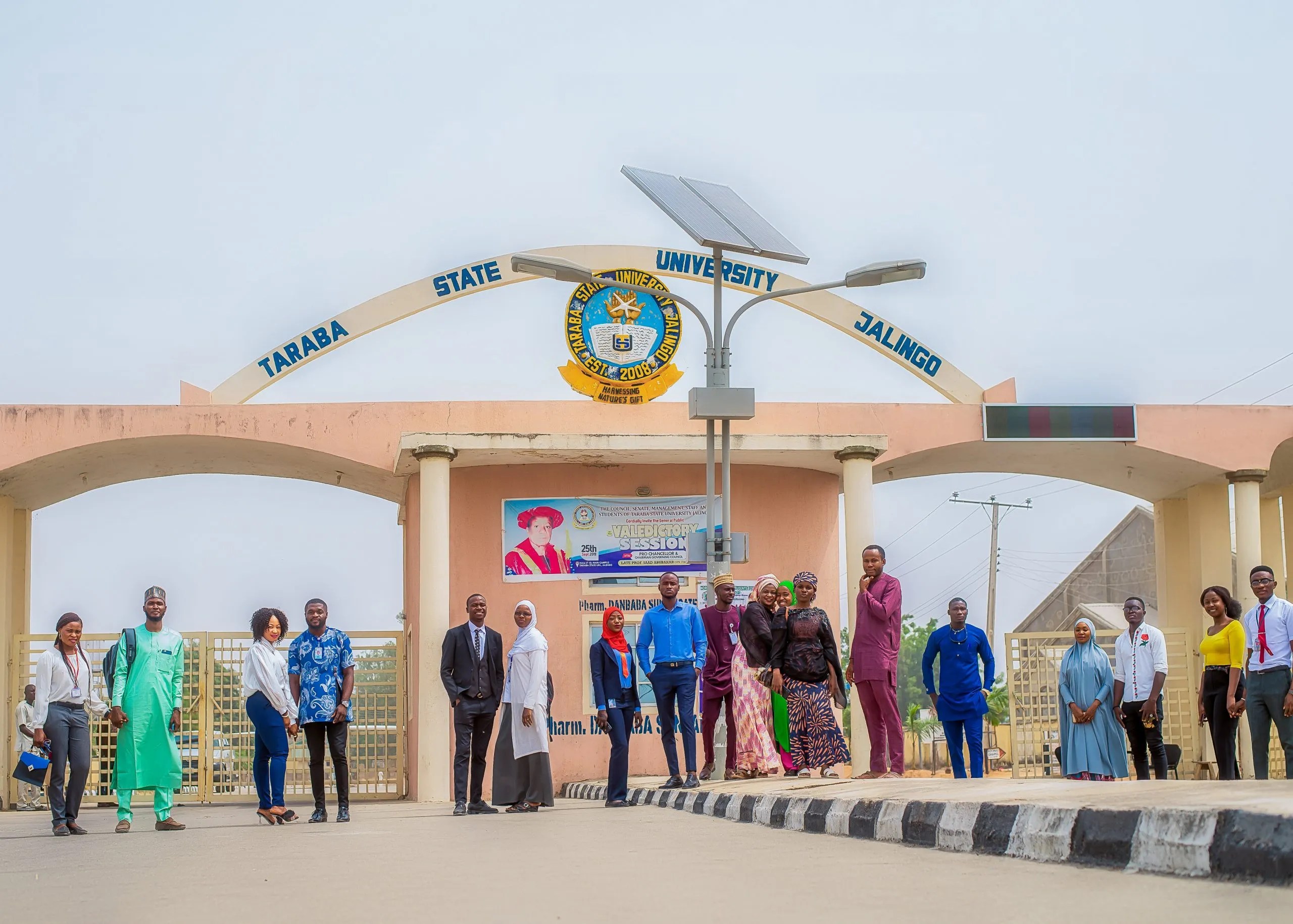
interview
Almajiri, the boy who begs, is not only being taken off the streets of Katsina State, he also goes to school with monetary incentives, according to the State Commissioner for Education, Professor Aminu Kado Kurfi. Kurfi adds that parents in the state are equally being paid stipends to encourage them to send their girl-child to school. The commissioner, who became a Professor of Business Administration in Bayero University at the age of 44, unfolds the goodies in the education sector courtesy of the Governor Ibrahim Shema administration in Katsina State.
How did you react to your appointment when you heard of it?
I think it was around July 2011 that His Excellency, Governor Ibrahim Shema, sent for me. I was in Kano because I had been in Kano all my life. He said I should meet him in his office the following day. We met and he said he was thinking of bringing me on board, education to be precise, and he added that it was a trust because he needed results. He asked my view and I told him that if my service was needed at home, I wish Allah's guidance. I just heard over the radio the following day that I had been appointed as commissioner.
What is the concept about the girl-child education such that separate schools are built for them even when some of them still attend the conventional schools?
In this part of the country, we have this problem of the girl-child that some parents are not comfortable having their girls going for higher education. Part of the strategy to encourage girl-child education was that a new department for the girl-child education headed by a Special Adviser, an equivalent to commissioner, was created.
Also in order to encourage enrollment and ensure that the girl-child continues to be in school even after enrollment, the government introduced incentives for the parents. The state government, in collaboration with the local government established a girl-child school in all the 34 local government areas. They do attend the conventional school where we have the boys and girls but this one is meant only for the girl- child, just to give them that special attention. Majority of the schools that are boarding are for the girl-child.
There is what we call Conditional Cash Transfer. In this scheme, girls from the rural areas are given about N50,000 regularly over a period of time so that they could proceed for their higher education, that is NCE so that on graduation, you are posted to your local government to teach. It was introduced in 2009 and it is still running to date. It is in collaboration with UNICEF.
There is another scheme that gives the mother of the girl-child N5,000 every term provided the girl-child attends classes all the time. If you have three girls, you collect N15,000 every term but you must attain 75 per cent attendance.
This action has really stimulated the parents. Now, they are the ones that make sure that their girl-child goes to school, and we have not recorded any drop in attendance. N5,000 might not make much meaning to you but in the village, it is a lot of money.
If you say you want to encourage the girl-child, what is the concept behind the Almajiri schools?
Before western education came into being, Islamic education had been on. But when western education came in, people thought it was attached to Christianity because, perhaps, it was introduced by the Christian missionaries. Gradually, they began to understand that it had nothing to do with religion. The fact that you are going for western education does not mean you will abandon your Islamic religion.
Some people take these almajiris for beggars but they are not. We are taking them off the streets and putting them in schools. Not only that, they are attended to medically every week as there are ambulances that go to all the schools to attend to them specially. Remember that the Federal Government is embarking on something similar by building schools for the almajiris.
Beyond the western education they are getting in the schools, they will also be learning and acquiring skills in arts, tie and dye and so on. They are also on some monetary incentives so that they will not only stay in school but to be useful to themselves even outside the classrooms when they graduate.
Virtually all the students in higher institutions in the state are on scholarship, apart from those ones who are in other institutions outside the state that are on the government scholarship. A lot of these students are also studying different courses abroad and their tuition for the duration of their stay which could be between four to six years have been fully paid for.
Now that you are on board, how challenging is the office?
Of course there are challenges but not insurmountable. One of the most critical challenges is manpower. God so kind, in terms of infrastructure, I met classrooms and equipped laboratories, which are fairly okay. I am not saying we are 100% sufficient but we are fairly okay.
Of course there was manpower before I came in, it is fair and that is what we are improving upon now. We have reasonable number of teachers but some of them need training and retraining. In some areas, we lack manpower. We are witnessing high enrollment into the 227 primary schools and 404 junior and senior secondary schools because of the free education policy in the state.
Before the assumption of office of this administration, the number of secondary school was not more than 270 or thereabouts but from 2008 to 2013 now, it shot up to about 400 plus. We now have over 1.2 million pupils in our primary schools. So our major challenge is how to manage the large number of students because even if there is employment here and there, the number of teachers, at the moment, is not commensurate to the number of pupils. This is our major challenge but God, so kind, the governor, only last week, formed a committee that will look at the issue critically . In a couple of weeks, all that would have been sorted out.




